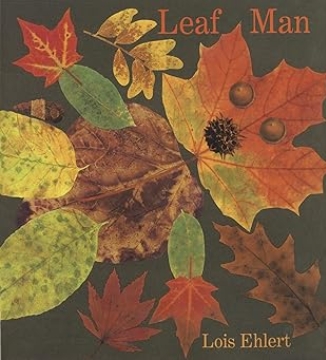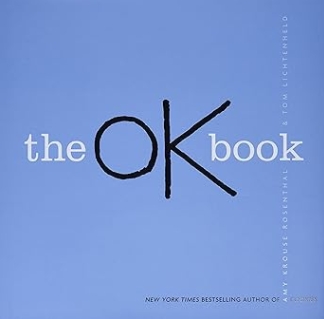Weekly Reflection #5 – In-Situ Compare & Contrast

This week we had some invaluable experiences in two different in-situs at two different elementary schools in Cranbrook. The first one we planned as a group in our Field Experience Class. The theme for this one was physical activity and literacy — combined. We used the “OK Book” by Amy Rosenthal and ideas from Dark Horse Athletics “I love a Challenge” videos to inspire our activities. We formed groups and got to work brainstorming about our activity and the visuals to go along with them. Kyla and I worked together and with the help of the deck of fundamental skills cards. We chose “Keep it Up!” We planned on using scarves, balloons and beach balls. We also connected our activity to an acrostic poem. Here are the visuals that we created.


We went into the afternoon feeling prepared and excited to spend some time with the students. We had three different groups of kiddos visiting our station. Kindergarten kids were coming out on their own, followed by Grade 1-3 and lastly, Grade 4-6. The biggest challenge for our station was the wind. It was so windy that all of our equipment (balls, scarves and balloons) just flew away. For the first group they spent most of their time chasing the beach balls down the hill and retrieving them. We did move into the gaga ball pit and that gave us a little protection from the elements. We had to be creative and pivot our plan. We suggested different challenges like catching scarves that we flung into the air, rolling on the beach ball on your tummy and back and even doing a plank challenge while passing the beach ball from person to person. The students were very willing to try every challenge we threw their way.
Overall, Monday was a great learning and interactive experience. The students had fun, were very active outside and were engaged… I think based on those results we were successful! This experience was different in a lot of ways from our in-situ with a Grade 2 class the following day.
We also planned this day with “Take Me Outside” in mind. In our Technology class we put together a slideshow with different animals that might live at Elizabeth Lake in Cranbrook. We also practiced making “leaf men” with the Chatterpix Kids App and read the Leaf Man book by Lois Ehlert in preparation. We only had one class join us for the field trip. Our ratio was pretty much 1:1, student to adult for the whole group. We went off school grounds, by foot, down to Elizabeth Lake. It was about a half kilometer walk. Once there we did a scavenger hunt as small groups and collected leaves to make our leaf men. Once we got back to the school we guided the students to use the app and create their leaf men. It was easy to use and they each made a different one in about 2 minutes and were able to upload them to Seesaw with minimal help.
I do want to highlight one big difference between the two days. Due to the fact that we went off school grounds there were quite a few things that needed to be considered.
- Permission forms needed to be filled out ahead of time for students going off school grounds.
- Arrangements needed to be made for adequate supervision. This was easy because all of use were going to be there.
- Emergency procedures needed to be addressed in the planning process (injuries, traffic, walking route, emergency contact, transportation if needed, boundaries at the field trip location etc.)
- We needed a designated first aider who had a first aid kit with them on our field trip.
- A certain ratio of students to adults needed to be considered.
- A plan for kids with diverse needs needed to be addressed. If there were mobility issues this field trip would have been difficult, on uneven ground.
One other big consideration that the classroom teacher brought up on Tuesday in our debrief was that all field trips need to be purposeful and directly tied to curricular competencies. Whenever possible try and an plan field trips that cover multiple cross-curricular topics. Our trip was active (PHE), outdoors (Science & FPPL), connections to the land (Science & FPPL), technology and artistic (Art & ADST), involved reading (ELA) and included Ktunaxa words (FPPL). Even though the kids might not have realized that they were learning — there was a whole lot of meaningful learning that happened.
Here is my compare and contrast graphic that I created about our two days. I used the Venn Diagram strategy from the Pathways to Understanding textbook.

These are the books are used for these two in-situ days.


Cover photo by Annie Spratt on Unsplash



